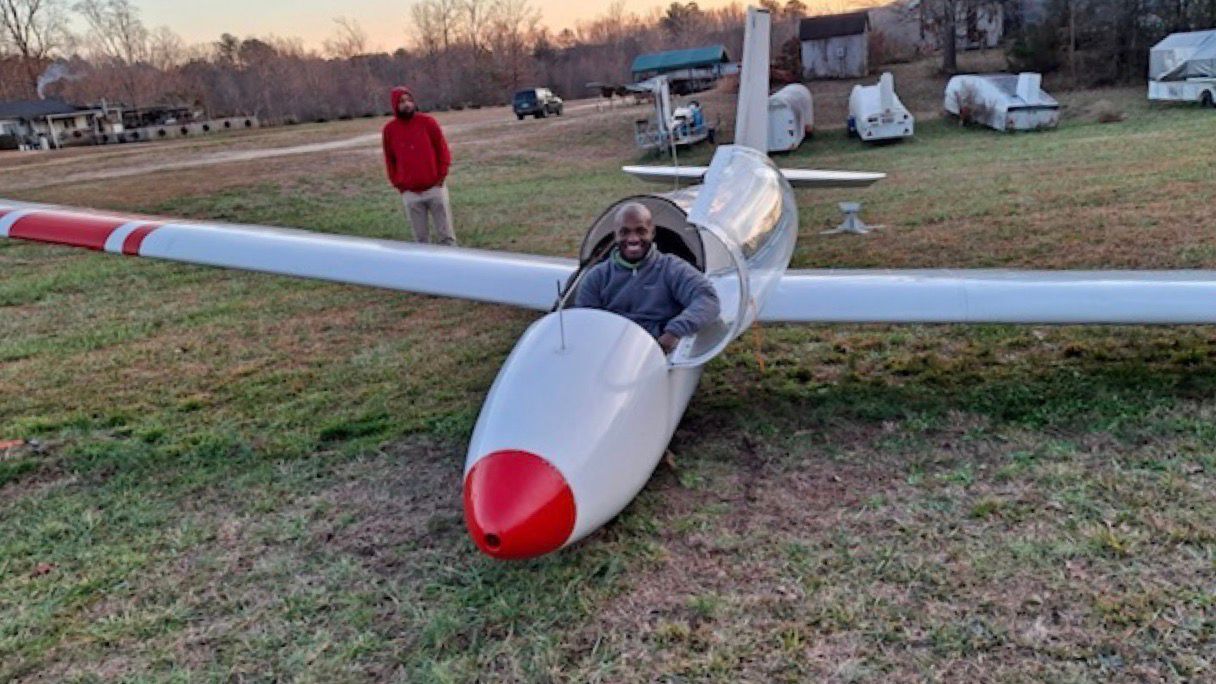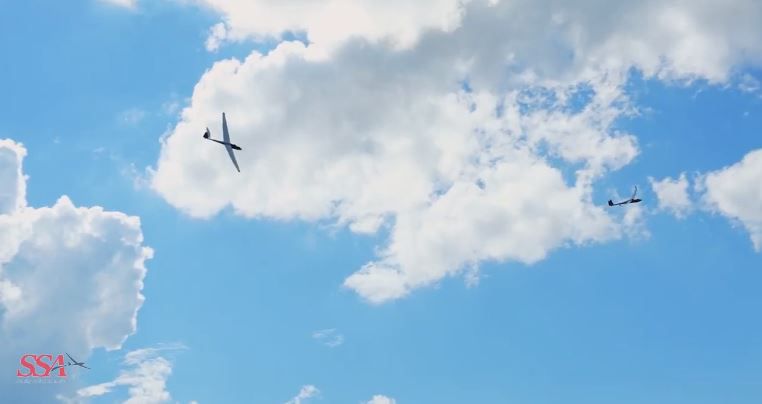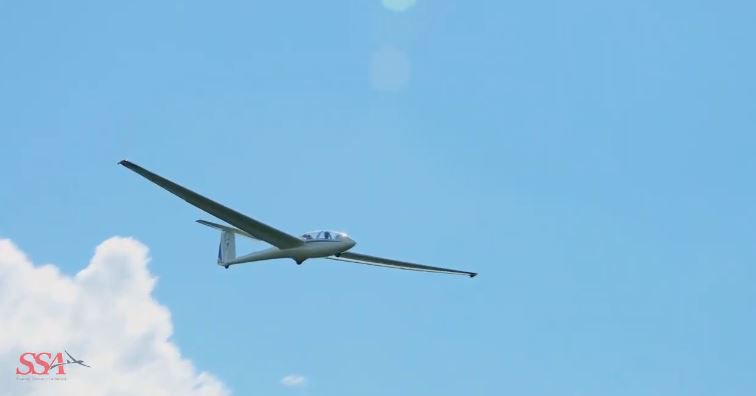Glider planes can seem like a fun new toy for those who love flying airplanes, but there is so much science that goes into flying a glider plane.
First, let's get you familiar with gliders and the power of their wings and know a few principles of meteorology before becoming certified.
Gliders are often called sailplanes because they do not need an engine to fly. The three main essentials needed to fly are thermals, ridge lift and wave lift.
Thermals are columns of hot air generated by the surface after being heated by the sun. When those thermals become less dense, they rise rapidly and cause the glider to gain altitude.
Ascending currents of air on the slopes of mountains cause ridge lift. The gliders also benefit from these currents to gain altitude.
Wave lift is another way to gaining altitude when flying over mountains.
It happens when invisible airwaves are generated after passing through a mountain. These invisible waves can extend for several miles.
To become a glider pilot, you may want to know a bit about micrometeorology and the concept of lift and aerodynamic drag.
“Since a glider has no engine, it relies on upward-moving air or thermals to gain elevation. Unfortunately, rising and sinking air is invisible to the naked eye, so glider pilots use their knowledge of meteorology to deduce where rising air will be," said Eliott Foust, a former Instructional Designer for National Atmospheric Research (NCAR).
To fly, glider pilots rely on lift, which is sometimes created by pockets of rising air from direct sunlight. Gliders are lightweight and are very efficient.
Gliders are not flown at night nor is it recommended.
Glider pilots need light to navigate and without that, it would be difficult. Since gliders do not have engines, pilots rely on daytime heating to gain energy derived from rising air.
“For example, the midday sun warms the surface of the Earth and makes the air unstable, which leads to rising air,” said Foust.
The science that goes into flying a glider is intriguing. A glider pilot knows a fair share of physics, aerodynamics, climatology and meteorology.
“When a glider is towed into the sky and released, gravity pulls the plane downward. As it moves downwards through the air, it picks up speed and the air moving over the wings generates lift, which helps enables the plane to glide. While the plane is in motion, drag acts on it and reduces its ability to glide efficiently,” said Foust.
Most meteorologists are familiar with variometers. Variometers tell glider pilots if they are in an area of rising or sinking air.
When a pilot hears a slow, low-frequency beep, they are in an area of sinking air. When they hear a faster, high-frequency beep, they are in an area of rising air.
“The device has a needle, just like a speedometer in a car, that shows you how fast you are rising or sinking. Some variometers can beep as well, and this serves as an audio cue to the pilots, so they don't have to look down at the needle as often,” said Foust.
According to Foust, a good understanding of meteorology is important for a safe flight as well as applying the principles of micrometeorology.
Understanding albedo is useful for gliding because flying over a parking lot differs from flying over a lake. Both will heat differently, and the warmest will induce a thermal.
Surfaces that reflect light have a higher albedo, and surfaces that absorb light have low albedo.
A pilot does not have to go to college to take flight in a glider, but they have to train, become a student, test and pass certification. Certification from the Federal Aviation Administration (FAA) is required, which is similar to balloon pilots.
Students as young as 14 years old can train to become glider pilots.
According to the Soaring Society of America, student pilots can fly solo at the minimum age of 14 with a student certificate endorsed for solo flights at the discretion of an FAA-Certified Flight Instructor for Gliders (CFIG). After flying solo, a student pilot can qualify as a Private Pilot Glider at 16.
30-to-40 flights with a CFIG are required to fly solo, which is roughly equal to 10-to-12 hours of flight time according to the Soaring Society of America. But then again, it also depends on the progress of the student, and flying is supervised.
Gliding is a fun sport for those who enjoy flying outdoors, but it is not as easy as it may seem.
The lightweight plane requires a lot of science, so if you would like to become a glider or want to ride as a passenger, brush up on your meteorology.
For more information on becoming a glider pilot and more, visit the Soaring Society of America.





)

)




